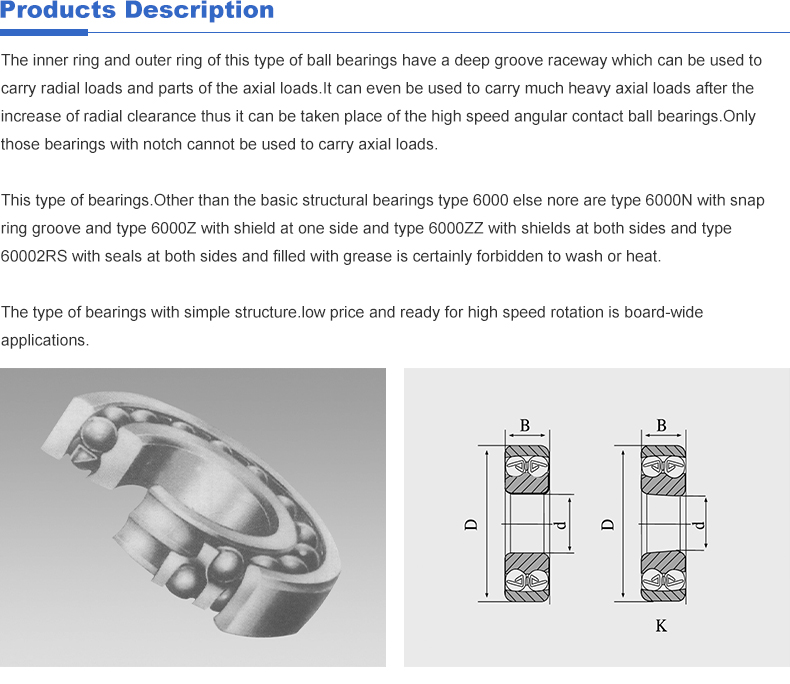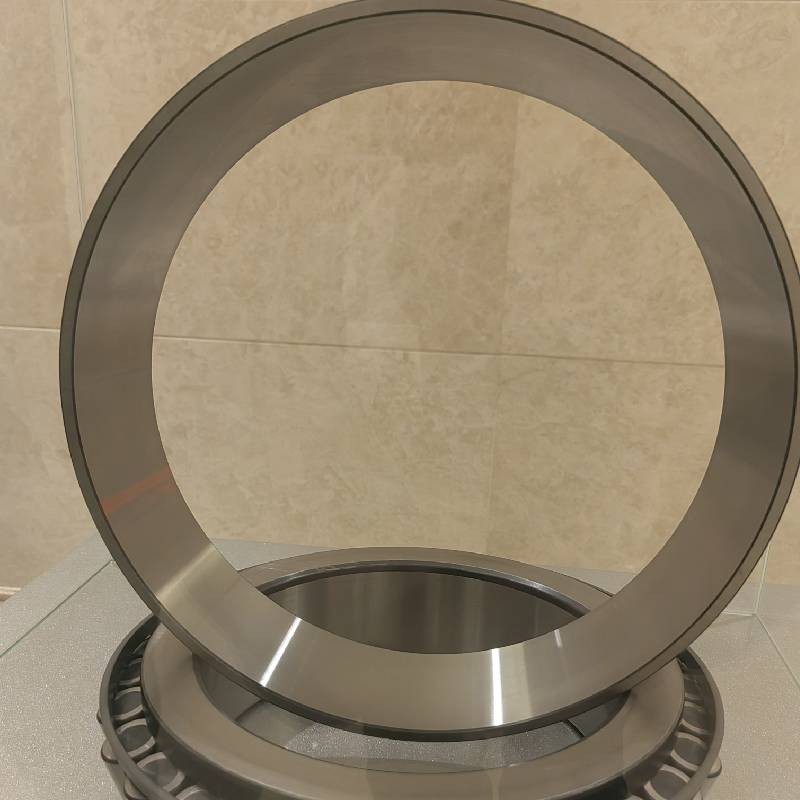
Feb . 20, 2025 10:46 Back to list
Cylindrical Roller Bearings
When choosing the right bearing for an application, deciding between cylindrical roller bearings and ball bearings can be crucial. Both serve important roles in machinery but differ fundamentally in design, performance, application suitability, and lifespan.
In maintenance terms, cylindrical roller bearings generally demonstrate greater durability and longevity due to their design aimed at even load distribution. But, they might require meticulous lubrication regimes to maintain performance, particularly in environments with high-speed operations. Ball bearings, simpler in structure, often require less stringent maintenance but may necessitate more frequent inspections if they are operating close to their load limits. When selecting between these two bearings, the application's specific requirements are paramount. If the application requires handling high radial loads or operates in high-speed environments, cylindrical roller bearings often provide the durability and performance needed. However, if the application prioritizes speed with lower radial and moderate axial loads, the precision and versatility of ball bearings are often unmatched. Manufacturers and engineers must consider these factors load type and size, speed requirements, operational environment, maintenance capabilities, and longevity expectations. While cylindrical roller bearings may cost more initially, their lifespan under heavy radial loads could potentially offer cost efficiency in long-term operations. Ball bearings, often more affordable upfront, can provide adequate performance for moderate-load scenarios and applications prioritizing speed and precision. In conclusion, the choice between cylindrical roller bearings and ball bearings must be grounded in a detailed analysis of application needs. Evaluating loading conditions, speed requirements, and maintenance scenarios will facilitate informed decisions, ensuring efficient and effective performance. By understanding each bearing's strengths and limitations, users can optimize machinery performance, minimize downtime, and extend operational lifespans, reinforcing the enduring importance of bearings in modern mechanical applications.


In maintenance terms, cylindrical roller bearings generally demonstrate greater durability and longevity due to their design aimed at even load distribution. But, they might require meticulous lubrication regimes to maintain performance, particularly in environments with high-speed operations. Ball bearings, simpler in structure, often require less stringent maintenance but may necessitate more frequent inspections if they are operating close to their load limits. When selecting between these two bearings, the application's specific requirements are paramount. If the application requires handling high radial loads or operates in high-speed environments, cylindrical roller bearings often provide the durability and performance needed. However, if the application prioritizes speed with lower radial and moderate axial loads, the precision and versatility of ball bearings are often unmatched. Manufacturers and engineers must consider these factors load type and size, speed requirements, operational environment, maintenance capabilities, and longevity expectations. While cylindrical roller bearings may cost more initially, their lifespan under heavy radial loads could potentially offer cost efficiency in long-term operations. Ball bearings, often more affordable upfront, can provide adequate performance for moderate-load scenarios and applications prioritizing speed and precision. In conclusion, the choice between cylindrical roller bearings and ball bearings must be grounded in a detailed analysis of application needs. Evaluating loading conditions, speed requirements, and maintenance scenarios will facilitate informed decisions, ensuring efficient and effective performance. By understanding each bearing's strengths and limitations, users can optimize machinery performance, minimize downtime, and extend operational lifespans, reinforcing the enduring importance of bearings in modern mechanical applications.
Latest news
-
The Future of Deep Groove Ball Bearings For Extreme Applications
NewsJul.31,2025
-
Self-Lubricating Bearings: The Future of Agricultural Machinery Efficiency
NewsJul.31,2025
-
Nanotechnology in Ball Bearing Machines: The Future of Friction Reduction
NewsJul.31,2025
-
How Deep Groove Ball Bearings Are Tailored for Different Uses
NewsJul.31,2025
-
Energy-Efficient Machinery Bearings: Reducing Power Consumption in Large-Scale Ball Mills
NewsJul.31,2025
-
Deep Groove vs. Angular Contact: Which Ball Bearing Wins in High-Speed Applications
NewsJul.31,2025
